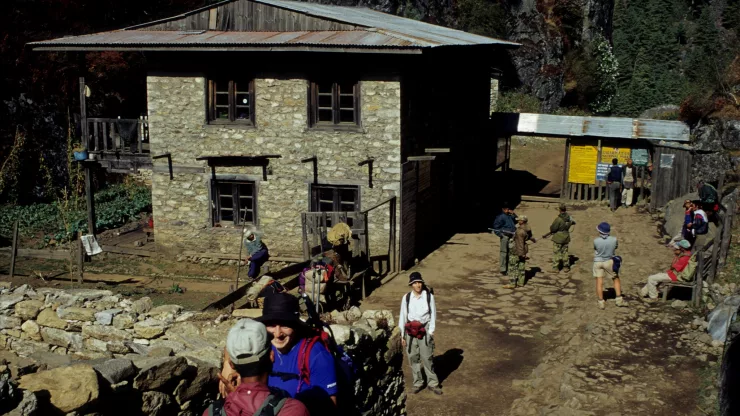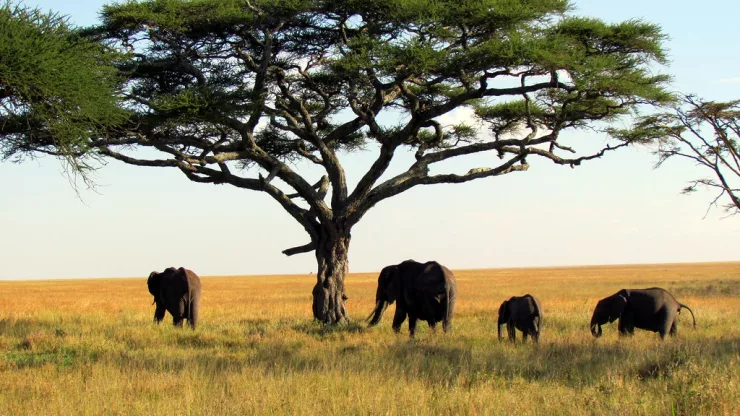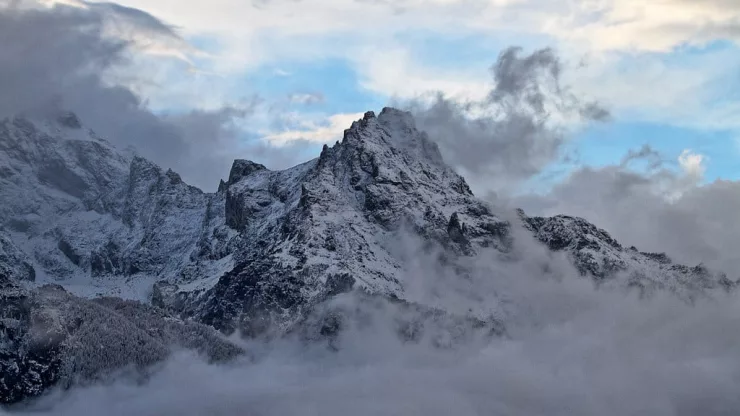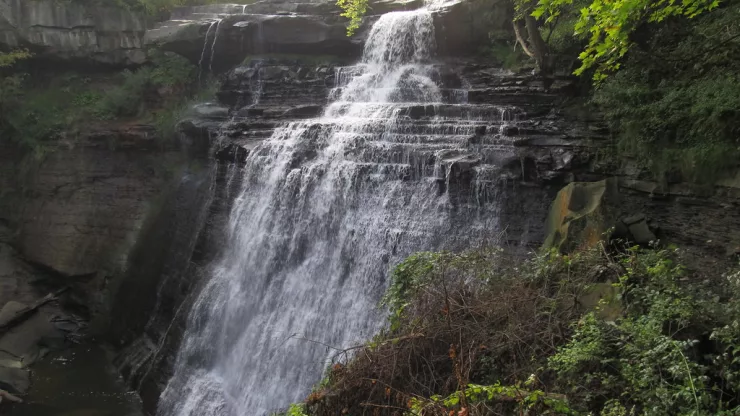Jump to Section
Sagarmatha National Park: A Natural Marvel
Sagarmatha National Park, located in the Solukhumbu district of Nepal, is a natural paradise that attracts thousands of tourists every year.
The park is home to the world’s highest peak, Mount Everest, and several other snow-capped peaks that make it a popular destination for adventure enthusiasts.
But Sagarmatha National Park is not just about climbing mountains.
It is also known for its diverse wildlife, unique flora, and conservation efforts.
Wildlife in Sagarmatha: A Treat for the Eyes
Sagarmatha National Park is a wildlife haven that shelters several rare and endangered species. The park is home to over 118 species of birds, including the Himalayan monal, snow pigeon, and red-billed chough.
The park’s mammal population includes snow leopards, Himalayan black bears, musk deer, and red pandas.
The park’s rivers and streams are home to several species of fish, including the snow trout and the Himalayan taimen.
In addition to these animals, Sagarmatha National Park is also home to several species of reptiles, amphibians, and insects.
The park’s diverse wildlife is a treat for the eyes and a testament to the park’s conservation efforts.
Trekking in Sagarmatha: An Adventure of a Lifetime
Sagarmatha National Park is a popular destination for trekkers from all over the world. The park offers several trekking routes, ranging from easy to difficult.
The most popular route is the Everest Base Camp Trek, which takes trekkers through the park’s breathtaking scenery, including glaciers, forests, and snow-capped peaks.
The park’s trekking routes are well-maintained and offer several amenities, including tea houses, lodges, and camping sites.
Trekking in Sagarmatha is an adventure of a lifetime that offers stunning views, a chance to interact with locals, and an opportunity to experience the park’s unique wildlife.
Conservation Efforts in Sagarmatha: A Success Story
Sagarmatha National Park is a success story when it comes to conservation efforts. The park was established in 1976 to protect the unique flora and fauna of the region.
Since then, the park has implemented several conservation measures, including:
- Restricting the use of firewood in the park to reduce deforestation
- Banning hunting and poaching to protect the park’s wildlife
- Implementing waste management systems to reduce pollution
- Educating locals and tourists on the importance of conservation
These efforts have paid off, as the park’s wildlife and vegetation have thrived over the years.
The park’s success has inspired other conservation efforts in the region and serves as an example of what can be achieved with proper conservation measures.
FAQ
What is the best time to visit Sagarmatha National Park?
The best time to visit Sagarmatha National Park is from March to May and from September to November.
During these months, the weather is mild, and the skies are clear, offering stunning views of the park’s scenery.
How much does it cost to enter Sagarmatha National Park?
The entry fee for Sagarmatha National Park is NPR 3,000 (approximately USD 25) per person for foreigners. Nepali citizens and SAARC nationals can enter the park for free.
Is it safe to trek in Sagarmatha National Park?
Yes, it is safe to trek in Sagarmatha National Park. The park’s trekking routes are well-maintained, and several amenities are available along the way.
However, it is advisable to trek with a licensed guide or porter and to follow all safety guidelines.
I’m a nature enthusiast and creator of Metro Wilds and have spent years exploring the great outdoors.
With a passion for environmental conservation and sustainability, I have dedicated my career to writing about the beauty and wonders of nature, as well as the threats facing our planet.
Contact me at [email protected] for assistance.





